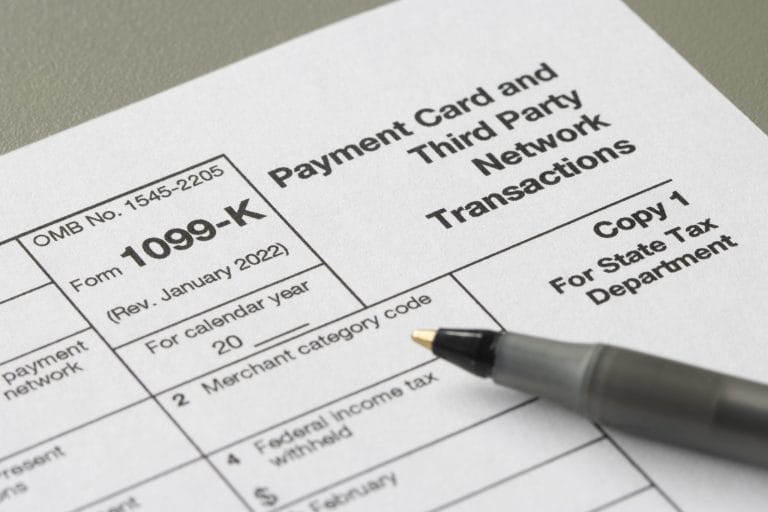🎧 Listen to This Article
In a major shift affecting millions of small businesses, freelancers, and digital platforms, the newly enacted Tax and Spending Reduction Act of 2025 has reversed recent efforts to expand tax reporting requirements under IRS Form 1099. Two significant changes are now in effect:
1. 1099-K Thresholds for Payment Apps Reinstated
Under prior law introduced in the American Rescue Plan Act, third-party payment platforms such as Venmo, PayPal, and CashApp were required to report business-related transactions exceeding $600—regardless of how many transactions took place.
That policy, originally slated to take effect in 2021, had been delayed and only partially implemented. For 2024 and 2025, transitional thresholds of $5,000 and $2,500 respectively were introduced.
However, the new legislation repeals those thresholds entirely. The reporting requirement has now reverted to the pre-2021 standard: platforms are only required to issue Form 1099-K if a user receives over $20,000 in gross payments and completes more than 200 transactions annually.
This rollback sharply reduces the IRS’s visibility into small-scale business activity conducted via payment platforms and is expected to reduce compliance burdens for digital platforms and casual sellers alike.
2. 1099-NEC and 1099-MISC Threshold Raised to $2,000
In another sweeping change, the reporting threshold for non-employee compensation via Form 1099-NEC and Form 1099-MISC will increase from $600 to $2,000, effective January 1, 2026. The amount will be indexed annually for inflation.
This marks the first major adjustment in decades to how businesses report payments to freelancers, contractors, and vendors, including legal advisors, IT consultants, and independent service providers.
According to Wendy Walker, VP of Regulatory Affairs at compliance software firm Sovos, “This is a huge shift. Virtually every business in the U.S. is impacted.”
What It Means for Businesses and the IRS
These changes aim to ease compliance and reduce penalty exposure for businesses. Many small firms that make minor or one-off payments to independent contractors will no longer need to issue 1099s, potentially reducing annual reporting volumes by up to 30%.
However, the reduction in third-party reporting could also result in greater income underreporting by individuals who operate outside the W-2 system. According to the IRS, underreporting by freelancers and sole proprietors already accounts for 26% of the gross tax gap—a staggering $179 billion annually.
The Joint Committee on Taxation estimates the combined revenue impact of the two changes could total $13 billion over 10 years, primarily due to reduced compliance and underreported income.
While these amendments do not alter taxpayers’ legal responsibility to fully and accurately self-report, they undeniably diminish the IRS’s enforcement tools in the gig and freelance economy.
Key Takeaways for Tax Professionals
- 1099-K threshold restored to $20,000 and 200 transactions for payment apps (effective immediately).
- 1099-NEC/MISC reporting threshold raised from $600 to $2,000, starting in 2026.
- Fewer required forms = reduced administrative burden, especially for small businesses.
- IRS revenue collections expected to decline due to underreporting risks.
- No change to taxpayers’ obligation to report all income.
For further details, clarification, contributions, or any concerns regarding this article, please get in touch with us at editorial@tax.news. We value your feedback and are committed to providing accurate and timely information. Please note that our privacy policy will handle all inquiries.



